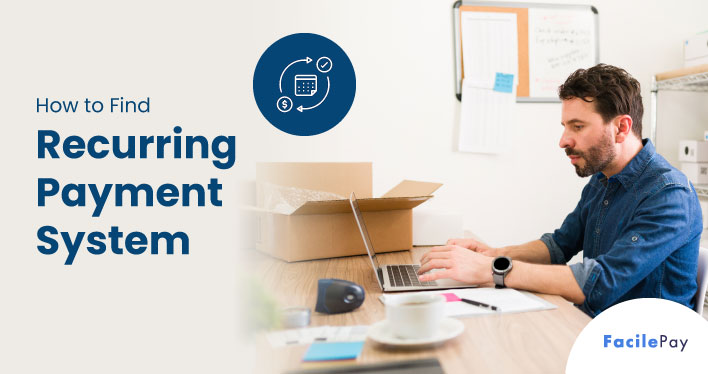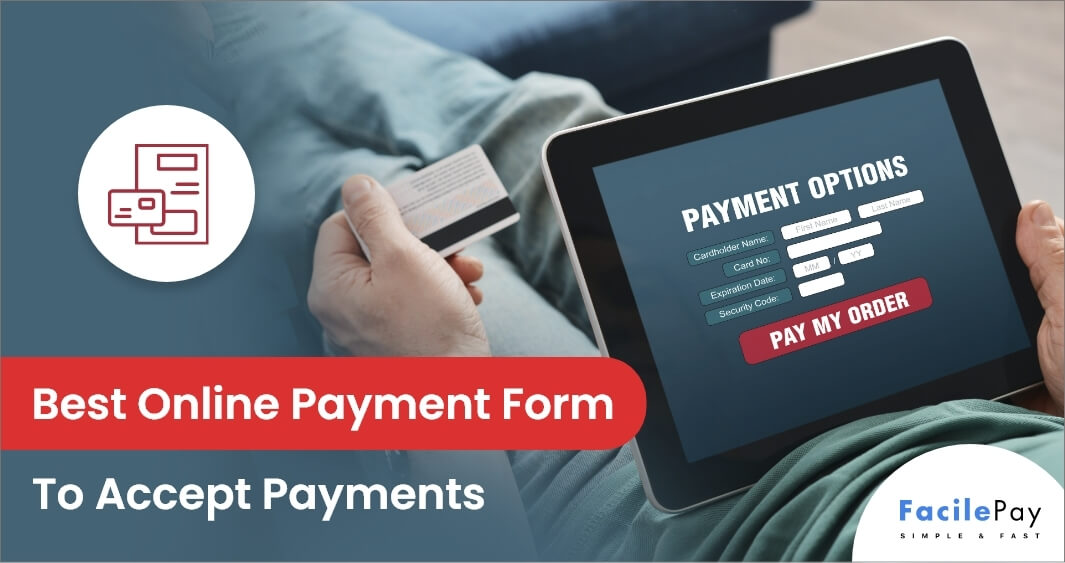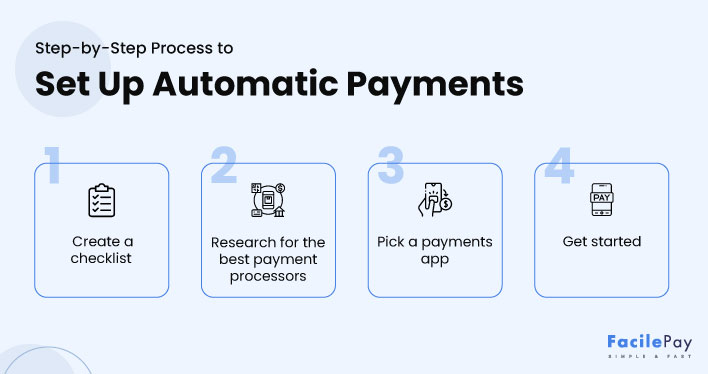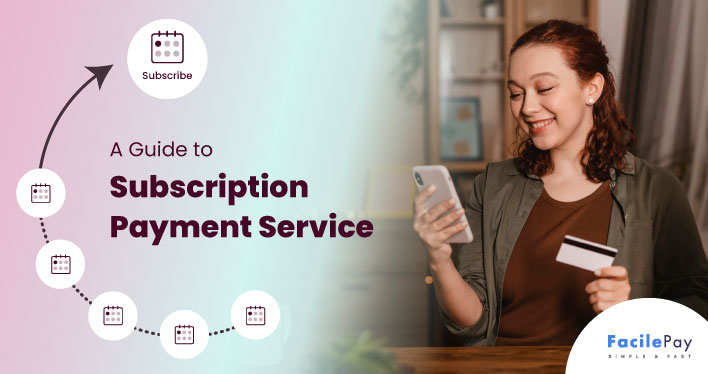- Recurring payment systems are crucial for businesses that offer subscription-based services or products.
- When choosing a recurring payment system, consider factors such as pricing, features, integrations, and security.
- Look for payment systems that support various payment methods, provide reporting and analytics, and offer customer support.
- Implementing a recurring payment system can save time and money, increase cash flow, and improve customer retention.
📝Key Takeaways:
Are you tired of manually billing your customers every month or quarter? Do you want to automate the payment process and save time and effort? If so, you might be interested in finding a recurring payment system.
A recurring payment system can help automate this process and make it easier for your business to handle recurring payments.
But with so many options on the market, it can be overwhelming to try and find the right one for your business.
In this blog post, we’ll provide some tips and guidelines on how to find a recurring payment system that fits your needs. Whether you are a small business owner or a larger company, this post will help you find the right recurring payment system for your needs.
We’ll cover everything from payment methods and fees to integration and customer support, to help you make an informed decision.
So if you’re ready to streamline your billing process and improve your customer experience, read on!
Contents
- 6 Step Process to Find Recurring Payment System for Your Business
- What is the Purpose to Find the Best Recurring Payment System?
- 4 Recurring Payment Apps for Your Recurring Services
- 10 Questions to Ask Recurring Payment Management Vendors Before Buying
- Frequently Asked Questions About Recurring Payments Processor
- Find the Best Recurring Payment System for Your Business
6 Step Process to Find Recurring Payment System for Your Business
Recurring billing systems help businesses manage premium services or digital subscriptions. The right payment system ensures you have the apt budgeting tools and can identify subscription costs for the type of plan, cycle, and product the user has chosen. Here are the few steps that will pave the path toward finding a suitable processor to manage the subscription service.
-
Determine your Business Needs
Before you start looking for a payment system, it’s important to have a clear idea of what you need in the payment system.
Consider the below points to look for the things in the recurring payment system.
- Payment methods: What types of payment methods do you want to accept, such as credit cards, bank transfers, or digital wallets like Stripe, and PayPal?
- Integration requirements: Do you need the payment system to integrate with your website, CRM software, or other systems you use?
- Fees: What are the fees associated with processing transactions and other services, such as refunds or chargebacks?
- Recurring payment types: Do you need to process monthly subscriptions, recurring invoices, or other types of recurring payments?
- Security: What level of security do you need to protect your customers’ data and reduce the risk of fraud?
Understanding the business needs you will be able to compare different recurring payment systems.
-
Research and Compare Different Recurring Payment System
Once you have a clear understanding of your business’s needs, you can start researching different recurring payment systems to find the one that best fits your needs.
Have a look at the below points to know the things to look for in different recurring payment systems.
- Features: Look for a payment system that offers the features you need, such as recurring billing, customer management, and fraud protection. Some payment systems also offer additional features, such as invoicing, payment reminders, and integration with accounting software.
- Fees: Compare the fees charged by different payment systems. Some recurring payment providers charge a percentage of each transaction, while others charge a flat fee. Be sure to read the instructions to understand any additional fees or restrictions that may apply.
Transaction fees: Most payment system charge a fee for each transaction. This fee is typically a percentage of the transaction amount, but it can also be a flat fee. Be sure to compare the transaction fees charged by different payment processors to see which one offers the best deal.
For instance: If you come across FacilePay, this recurring payment system charges the fees in percentage- only 1.25% on every transaction. It has wide range of payment methods like a Credit cards, Debit cards, and has strong security measures tools to help protect your business. - Monthly fees: Some payment processors charge a monthly fee in addition to transaction fees. This fee may be a flat rate or a percentage of your sales. Be sure to compare the monthly fees charged by different providers to see which one offers the best value.
- Additional fees: Look for any additional fees or charges that may apply, such as setup fees, termination fees, or chargeback fees. Be sure to read the fine print to understand all of the fees that may apply.
- Popularity: Look for a payment system with reviews and ratings in the industry. Read online reviews from G2, Clutch and ask for recommendations from other business owners to know which providers are reliable and trustworthy.
Tip:
Pay special attention to systems that have experience with recurring payments and offer features such as automatic billing and payment reminders. Some popular payment systems to consider include Stripe, PayPal, and Braintree.
-
Test the service:
Before finalizing a payment system, it’s recommended to check the demo to know how it works and make sure it meets your needs. Many payment systems offer free trials or demos that allow you to try out their service before finalizing a long-term contract.
Here are some things to consider when testing a payment processor include:
- Ease of use: Is the payment processor easy to use? Is it simple to set up and manage your account?
- Payment options: Does the payment processor support the payment methods you want to accept from your customers?
- Customer support: How responsive is the payment processor’s customer support team? Are they helpful and knowledgeable when you have questions or need assistance?
- Integration: Is it easy to integrate the payment processor into your website or other sales channels?
-
Choose a Provider and Set Up Your Account:
Once you’ve found a payment system that meets your needs, you can sign up for an account and set it up for your business. Here’s what you can expect:
- Signing up: To sign up for an account with a payment system, you’ll need to provide some basic information about your business, such as your business name, contact information, and tax ID.
- Integration: Most payment systems provide instructions on how to integrate their service into your website or other sales channels. However, you may have to add a few lines of code to your website or install a plugin for your e-commerce platform.
-
Test the System Chosen
Once you’ve set up your account and integrated the payment system into your website or other sales channels, it’s recommended to test the service to make sure everything is working correctly. This includes making a test transaction or two to ensure that the payment process is smooth and seamless for your customers.
-
Monitor and Review the Payment System
Keep an eye on how the payment system is working and review it regularly to make sure it is still meeting your needs and that there aren’t any issues. Consider factors such as the speed of transactions, the reliability of the system, and any issues or complaints from customers.
If you encounter any problems or the payment system is no longer meeting your needs, you may need to look for a different system. Once you’ve tested the payment system and are satisfied that everything is working correctly, you can begin accepting payments from your customers.
Since you have understood the steps, let’s understand the purpose to find the best recurring payment system.
What is the Purpose to Find the Best Recurring Payment System?
Whether you want to manage unlimited subscriptions or manage the monthly bills for your streaming services, you should consider opting for recurring solutions. Here are all the reasons to implement the subscription services platform to manage repeat billing.
-
No Follow-ups Required
Managing a subscription is easier with the payment system. You can create automated emails that will remind the users that the payments for the popular subscription services will be deducted automatically on the said date. As a result, iOS and Android users will know of the billing cycle.
-
A Complete View into the Revenue
The recurring payment system can give you a view into the top cancel subscription for your businesses. You will get a complete view of repeat business and the users who are planning to cancel subscriptions using the analytical reports. This will help you know the monthly revenue you are likely to generate.
-
Improves Invoicing Processes
You get to save money by automating the invoicing process. You can create workflows to manage subscriptions and ensure that people are able to make payments on time. You can allow users to choose the subscription and make the payments accordingly through the payment system. As a result, you don’t need to intervene in the process.
-
Streamlines the Billing Process
A recurring payment system should be able to handle a variety of payment methods and support automatic billing and payment reminders. This helps ensure that your billing and payment system are reliable and efficient and enables you to focus on running your business.
-
Protects the Data
A recurring payment system provides advanced security measures in place to protect your customers’ data and reduce the risk of fraud. This can help you build trust with your customers and reduce the risk of financial losses due to fraudulent transactions.
Let’s check some of the popular recurring payment apps that you may require for your recurring service.
4 Recurring Payment Apps for Your Recurring Services
Below listed are the 4 best recurring processors that you may need to automate your business.
| Logo | Recurring Payment Apps | Ratings | Reviews | Download Link |
|---|---|---|---|---|
| FacilePay | Android: 4.5 iOS: 4.5 |
Android: 1L+ iOS: 185 |
Android | iOS | |
| Square POS | Android: 4.8 iOS: 4.8 |
Android: 1.65L iOS: 334.9K |
Android | iOS | |
| Zoho Subscription Billing | Android: 4.0 iOS: 5.0 |
Android: 181 iOS: NA |
Android | iOS | |
| PaySimple | Android: 3.8 iOS: 4.0 |
Android: NA iOS: NA |
Android | iOS |
Since you have an idea of the popular recurring payment apps, below are the questions you can ask before buying.
10 Questions to Ask Recurring Payment Management Vendors Before Buying
Check the below 10 questions you may want to ask recurring payment management vendors before you buy:
- How does your system handle security and compliance?
- What payment methods does your system support?
- What fees does your system charge, and how are they calculated?
- Can your system be easily integrated with our existing business systems and processes?
- What customer support options do you offer?
- Can your system be customized to meet our specific recurring payment needs?
- How scalable is your system? Can it handle an increase in volume if our business grows?
- Can you provide references or customer testimonials?
- Do you have any case studies or examples of other businesses that have successfully used your system?
- What happens if there are issues with a payment, such as a declined credit card or a dispute? How does your system handle these situations?
Still have doubts, let’s check in frequently asked questions.
Frequently Asked Questions About Recurring Payments Processor
-
How does the recurring payment system work?
The recurring payment processors automatically charge the customers for the services regularly. The frequency of these payments depend on the billing cycle and schedules chosen by the customer. These payment processors integrate the payment gateways to help the customers choose the most suitable payment method.
-
How to manage recurring payments
You can set up a schedule for recurring billing. Go to the payment page, set up automatic payments, schedule the billing cycle, choose the payment method and set up reminders. To cancel your payment subscriptions, you can go to the payments page and click on cancel subscription.
-
How to cancel recurring payments
To cancel recurring payments, you need to visit the payments page. There would be a cancel subscription icon that you can click. Mention the reason for cancellation and abort. You will be charged on a pro-rata basis for the remaining period of your billing cycle.
In case you find it tough to cancel the payments, you can simply connect with the payment system’s customer support and seek insights into cancellation.
-
What are the risks of using a recurring payment system?
One risk of using a recurring payment system is the potential for fraud or unauthorized charges. It’s important to choose a system that has robust security measures in place to protect against these risks. Additionally, businesses should make sure that they are compliant with relevant laws and regulations when using a recurring payment system.
Find the Best Recurring Payment System for Your Business
You should find a recurring payments system to ensure automated billing and faster invoicing to improve customer experiences. When customers don’t need to remember to pay the bill and merchants get to keep the customers, it saves a lot of time and increases revenue generation abilities. You can even consider using FacilePay.
FacilePay is one of the best recurring payment systems that is used by several companies globally. It offers several features that include payments through all mediums including credit and debit cards. You can take a free demo of the product before signing up for it.






